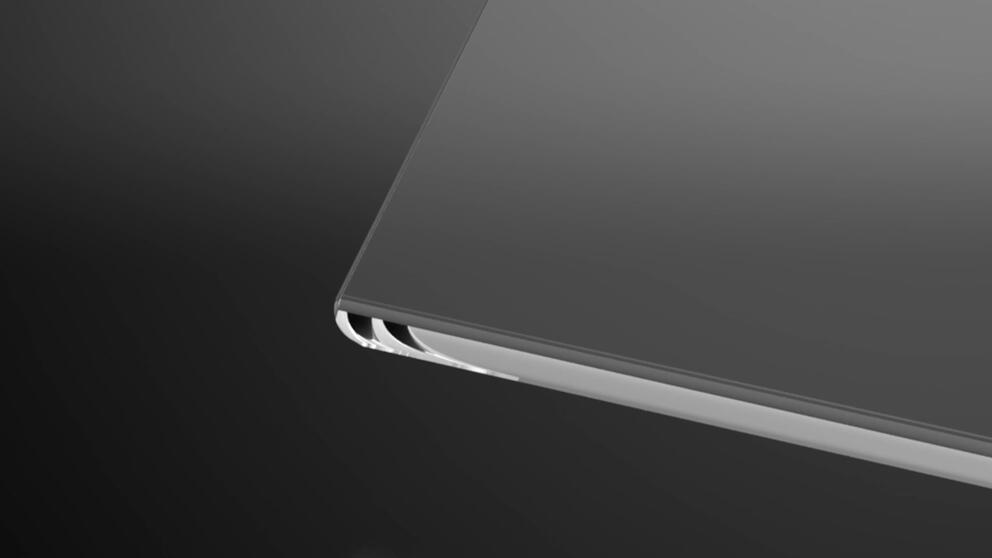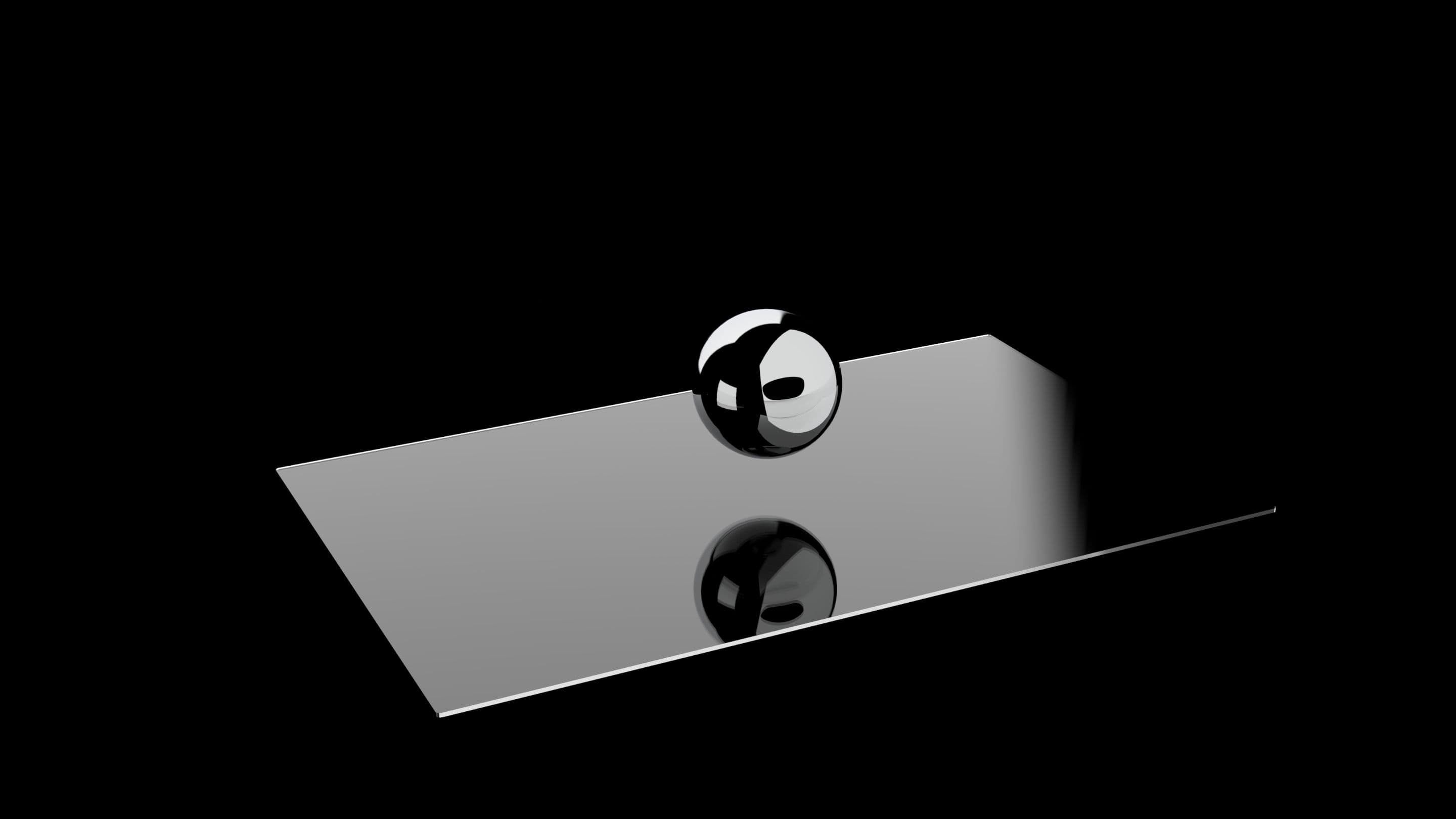Edge processing Grinding and polishing
The service life of a touchscreen is largely determined by the processing quality of the surface glass. High-quality touchscreens are also characterized by the quality and type of mechanical processing of the glass and the glass edge.

Interelectronix produces any shape of finished and unfinished surface glass and thus opens up the diverse properties of special glass for application-specific areas of use.
When producing special shapes or sizes, care must be taken to ensure high-quality processing of the glass edge by cutting, grinding or polishing.
Edging, grinding and polishing the glass edge
The simplest way to process a glass edge is to break the edge with a grinding tool. The resulting seamed edge is no longer sharp, but the breakage points can still be clearly felt. To obtain completely smooth edges, we also grind and polish the edges in a CNC-controlled process.
An important advantage of grinding glass edges is that the grinding process reduces the risk of breakage, e.g. due to thermal stress caused by solar radiation or mechanical forces.

CNC machining
For applications where special shapes of glass are required or where the protective glass rests without a frame, very precise and high-quality edge processing is required.

High-quality shapes and edge processing for special applications are created on computer-controlled machine tools. Contours made up of straight lines and radii that merge seamlessly into one another can be produced with maximum precision.
The minimum radius for an internal cut-out is 15 mm if the edges are to be finished and 5 mm if the edges are to remain unfinished.
CNC edge processing is carried out with disk milling or by means of a so-called 90 degree chamfer, which means a longer processing time but results in a better quality of the edge obtained.
Thermally tempered glass can no longer be processed after the finishing process. They must therefore be cut to their final size, drilled and edged before tempering.
